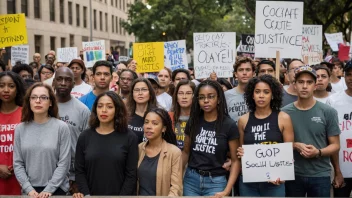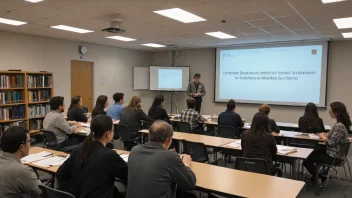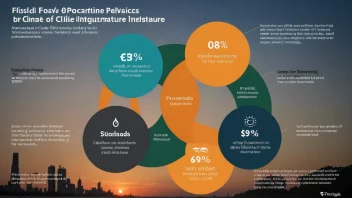Introduction
In today's world, education is a fundamental right that should be accessible to everyone, regardless of their background. However, marginalized groups often face barriers that prevent them from obtaining quality education. This article will provide you with a comprehensive guide on how policies can enhance access to education for these groups. You will learn about the steps involved in developing and implementing effective educational policies that cater to the needs of marginalized communities.
Step 1: Identify the Marginalized Groups
Understanding who the marginalized groups are is the first step in creating effective education policies. These groups may include:
- Low-income families
- Racial and ethnic minorities
- Individuals with disabilities
- Refugees and immigrants
- Women and girls in certain cultures
Conduct research to gather data about these groups in your area. This could involve surveys, interviews, and collaboration with local organizations that support these communities.
Step 2: Assess Barriers to Education
Once you have identified the marginalized groups, the next step is to assess the barriers they face in accessing education. Common barriers include:
- Financial constraints
- Lack of transportation
- Language barriers
- Inadequate educational resources
- Social stigma
Engage with community members to understand their experiences and challenges. This can be done through focus groups or community forums.
Step 3: Develop Inclusive Policies
Based on your findings, develop policies that specifically address the identified barriers. Here are some key considerations:
- Financial Support: Introduce scholarships, grants, or subsidized tuition for marginalized groups.
- Transportation Solutions: Provide free or reduced-cost transportation services to schools.
- Language Support: Offer language classes and materials in multiple languages to cater to diverse populations.
- Resource Allocation: Ensure that schools in marginalized communities receive adequate funding and resources.
- Awareness Campaigns: Create campaigns to reduce stigma and promote the importance of education for all.
Step 4: Engage Stakeholders
Successful policy implementation requires the involvement of various stakeholders, including:
- Government officials
- Educators and school administrators
- Community leaders
- Parents and students
- Non-profit organizations
Hold meetings to discuss the proposed policies and gather feedback. This collaborative approach ensures that the policies are well-rounded and address the needs of the community effectively.
Step 5: Implement the Policies
With the support of stakeholders, move forward with implementing the policies. This may involve:
- Training educators on new programs
- Launching awareness campaigns
- Allocating resources to schools
Establish a timeline for implementation and set clear goals to measure progress.
Step 6: Monitor and Evaluate
After implementation, it is crucial to monitor the effectiveness of the policies. This can be done through:
- Regular assessments of student performance
- Surveys to gather feedback from students and parents
- Collaboration with educational researchers to analyze data
Use this information to make necessary adjustments to improve the policies further.
Step 7: Advocate for Continuous Improvement
Education policies should evolve over time to meet the changing needs of marginalized groups. Advocate for continuous improvement by:
- Staying informed about new research and trends in education
- Engaging with policymakers to discuss necessary changes
- Encouraging community involvement in educational decision-making
Conclusion
Enhancing access to education for marginalized groups is a multifaceted process that requires careful planning and collaboration. By following these steps—identifying marginalized groups, assessing barriers, developing inclusive policies, engaging stakeholders, implementing policies, monitoring progress, and advocating for continuous improvement—you can create a more equitable educational landscape. Remember, education is not just a privilege; it is a right that should be accessible to all.






